4 reasons you should go whale-watching around L.A. this weekend
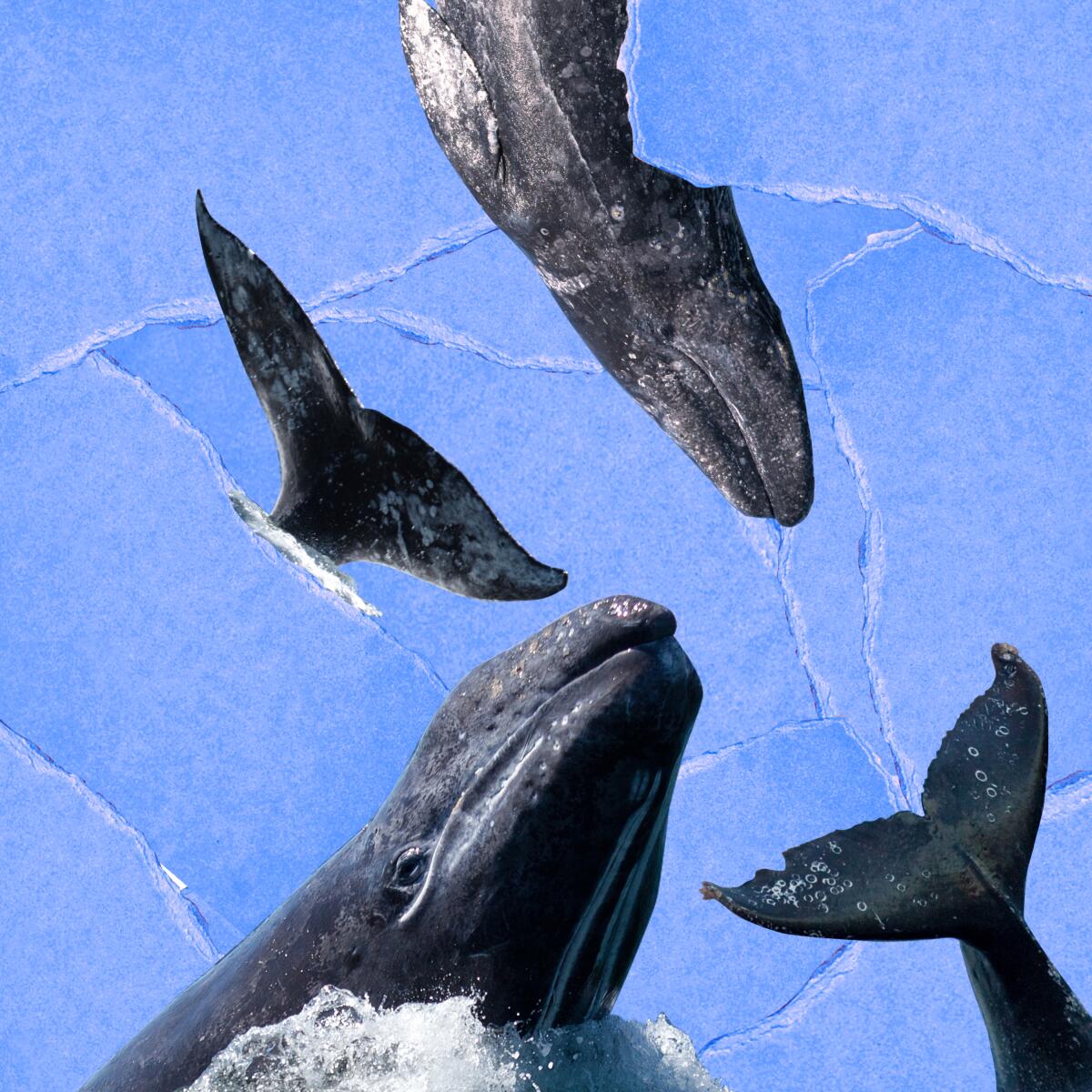
True or false: The best time to go whale-watching in Southern California is between November and April, when gray whales migrate along the coast between Mexico and Alaska.
False-ish.
Yes, it’s truly wonderful to watch gray whales that travel the coast during the winter-spring months. But other types of whales and other marine animals show up all year — and are no less thrilling to watch. Don’t have plans for the holiday weekend? Here are four reasons why whale-watching may be the perfect last-minute Memorial Day weekend experience.
1. Whales are awesome. Why pass up a chance to see the biggest animals on the planet? Locals fall into the trap of being blasé about the behemoths that thrive right next to us. They shouldn’t. A few years ago, Madeleine Aggeler wrote about the wonder of whales in a story for the Cut simply called “Whales, Ranked.” Yep, all 38 species are accounted for — and may inspire you to try to see them all.
2. It’s not just about whales. Really, these trips should be renamed “dolphin-watching” tours (with a whale or two thrown in). Davey’s Locker Whale Watching & Sportfishing in Newport Beach reports seeing 200 common dolphins and two fin whales on May 22, and one fin whale, 300 common dolphins and 200 offshore bottlenose dolphins on May 21.
May 2 was a standout sighting day: 2,000 common dolphins, 100 bottlenose dolphins, three fin whales, one minke whale, one fur seal and one mola, those huge ocean sunfish. Other May sightings include gray, fin, humpback and minke whales as well as hundreds of common, bottlenose and Risso’s dolphins. Bottom line: You’re likely to have heart-stopping sightings of all types of wildlife.
3. You won’t have to travel far to find a whale-watching tour. Gas prices are in the stratosphere, and more than 2.6 million drivers are expected to hit the road in SoCal over Memorial Day weekend, according to the Automobile Club of Southern California. Skip road trip traffic by heading out early for a nearby ocean escape in L.A., Orange, Ventura or San Diego county. Sailings in San Pedro and Redondo Beach, for example, are roughly just 25 miles from downtown L.A. Here’s a list of local whale-watching tours. Check with companies for updated prices; many offer discounts if you buy tickets in advance online. Some companies also rent binoculars for $5 so you don’t miss the fun.
4. Add a beach picnic or coastal hike to round out the day. Whale-watching tours typically last 90 minutes to 2½ hours. That means you’ll have plenty of time for a post- or pre-sail picnic and a beach walk. Combine your boat tour with one of these easy hikes with great ocean views, from Malibu to Huntington Beach.
Need more ideas for the long weekend? We created a guide to the 101 best California experiences.
4 things to do this week
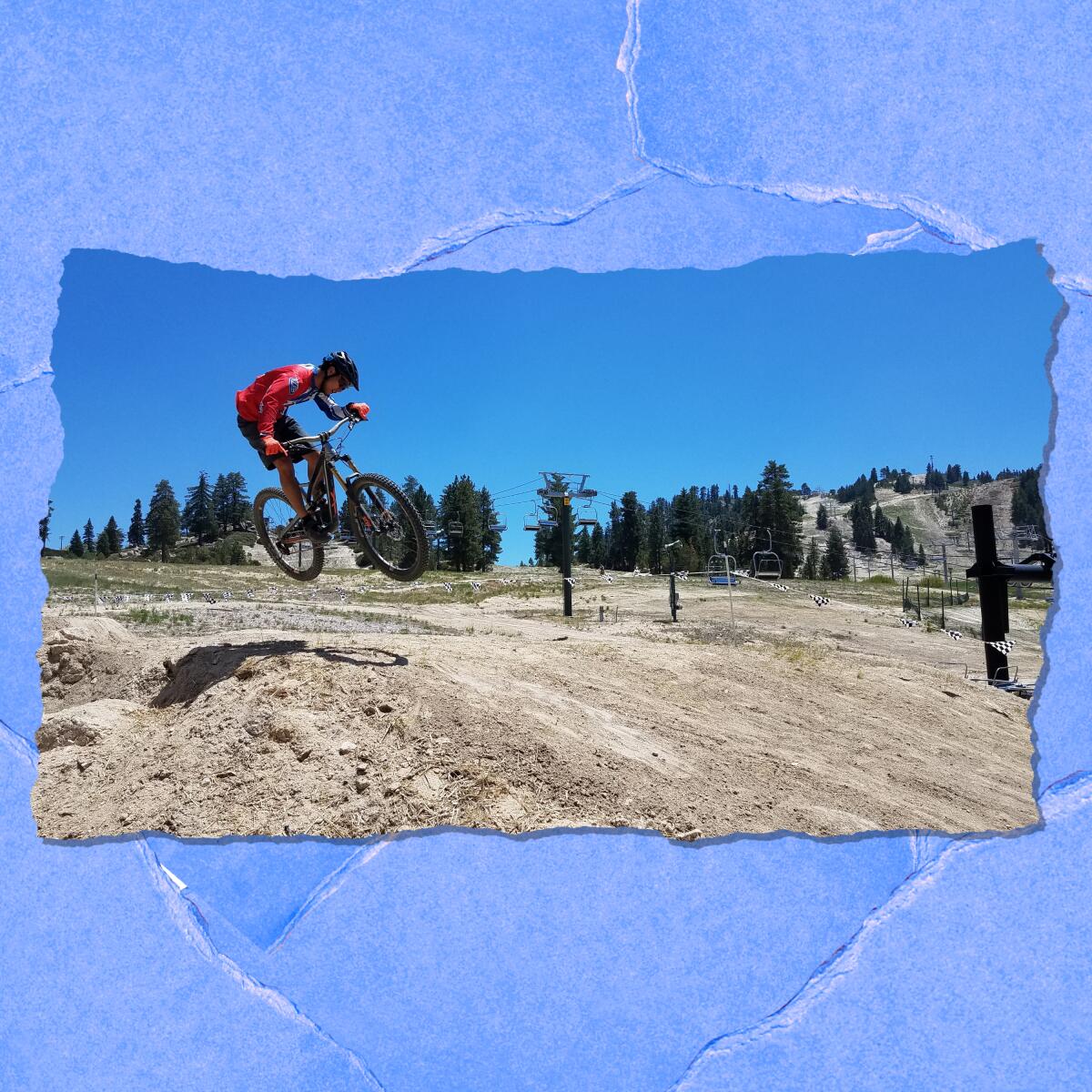
1. Ski resorts can be fun in summer too. Mountain bike trails start opening this weekend. Mammoth Mountain Ski Area in Mammoth Lakes has enough snow to keep skiers and boarders happy through June. Even so, for those ready to make the switch to summer, the bike park with beginner and pro trails will open Friday. The ski resort offers a 3-in-1 ticket this weekend with all-day access to the ski slopes, access to open biking trails and nine holes of golf at Sierra Star Golf Course. Cost is $149 per person. Closer to home, Snow Valley Mountain Resort in Running Springs opened its bike park last weekend. The resort will be open Friday through Monday for cycling and chairlift rides. Summit Bike Park at Bear Mountain in Big Bear Lake plans to open June 10.
2. Learn how the West was done — in film. There are no more powerful images of the Old West than those found in old movies. The love plots and characterizations can be horribly cringey by today’s standards, but they offer a glimpse of early California. The 1929 silent film “Wolf Song,” for example, was shot by director Victor Fleming “at the just-opened June Lake Lodge in Mono County, California, where spring-fed lakes and snowcapped mountains provide majestic backdrops,” Michael Sragow wrote in this essay. “He built lived-in re-creations of Taos, New Mexico, and Bent’s Fort, Colorado, circa 1840, at the two-year-old Paramount Ranch in Calabasas. (The Woolsey Fire [in 2018] incinerated the Ranch’s longstanding Western town.)” The Autry Museum of the American West will screen the silent film starring Gary Cooper and Lupe Velez with live musical accompaniment 2 p.m. June 4. Tickets cost $14. More info here.

3. Plant a vegetable garden, just not in your yard. Spoiler alert: Most SoCal yards have terrible soil for gardening. If you want to grow food, consider planting raised beds “which permit you to add your own loamy, nutrient-rich soil without the backbreaking business of trying to dig up rocky or hardpan ground,” according to this L.A. Times guide. Discover the 13 vegetables and flowers best suited for raised beds — and when to plant them. But hurry to get them established before the heat of summer arrives.
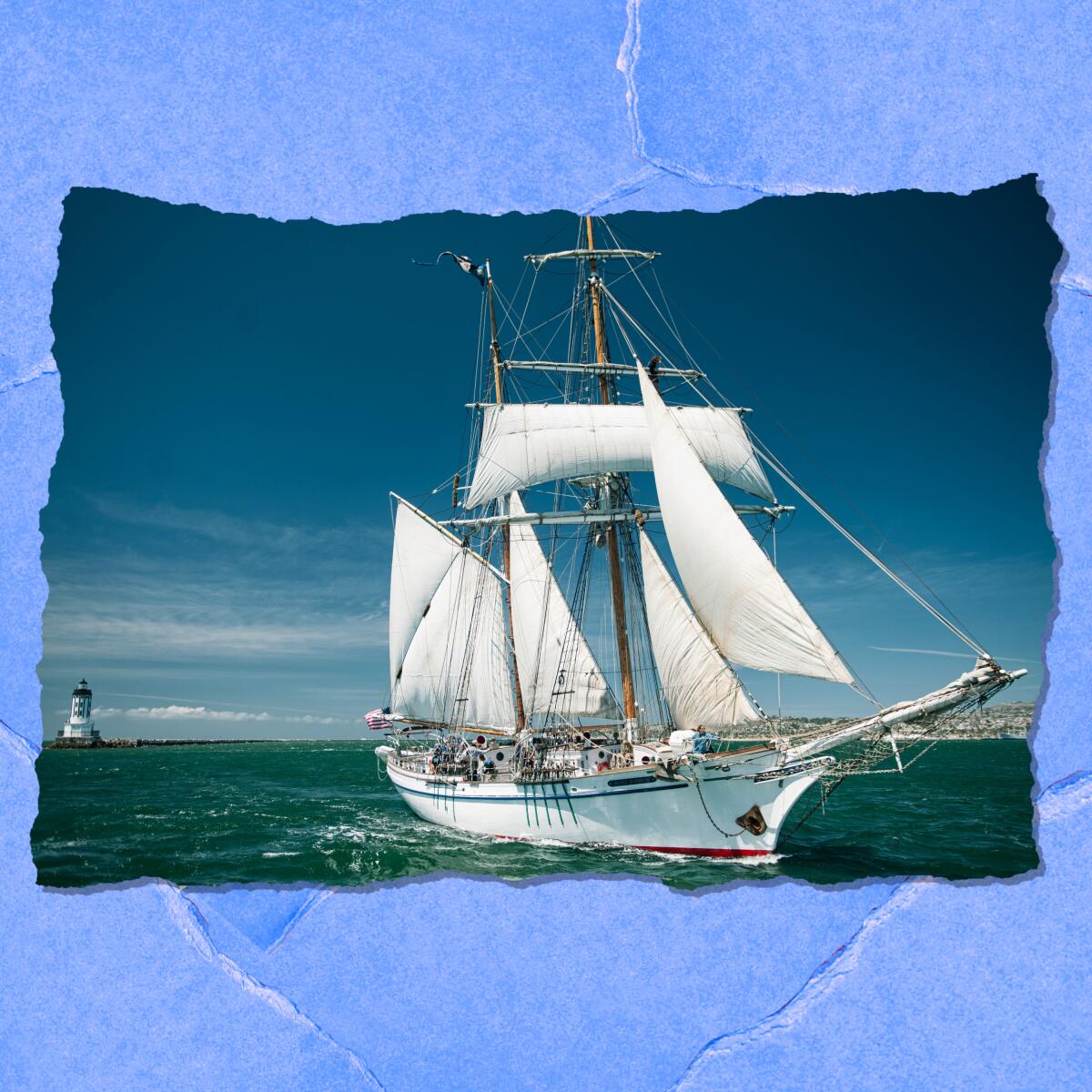
4. Check out old-school tall ships at the Festival of Sail in San Pedro. If you’ve never set foot on a tall ship, here’s your chance. You can take a free deck tour this weekend of the Irving Johnson and Exy Johnson ships docked in L.A. Harbor in San Pedro. You can also set sail for a reenactment of a cannonball battle ($25 to $75) or an Explore the Coast tour ($20). The festival includes booths featuring sail-related crafts, such as a demonstration of a ropemaking machine, as well as members of the International Guild of Knot Tyers. The festival runs from Friday through Monday. Advance tickets recommended; more information here.
Wild things
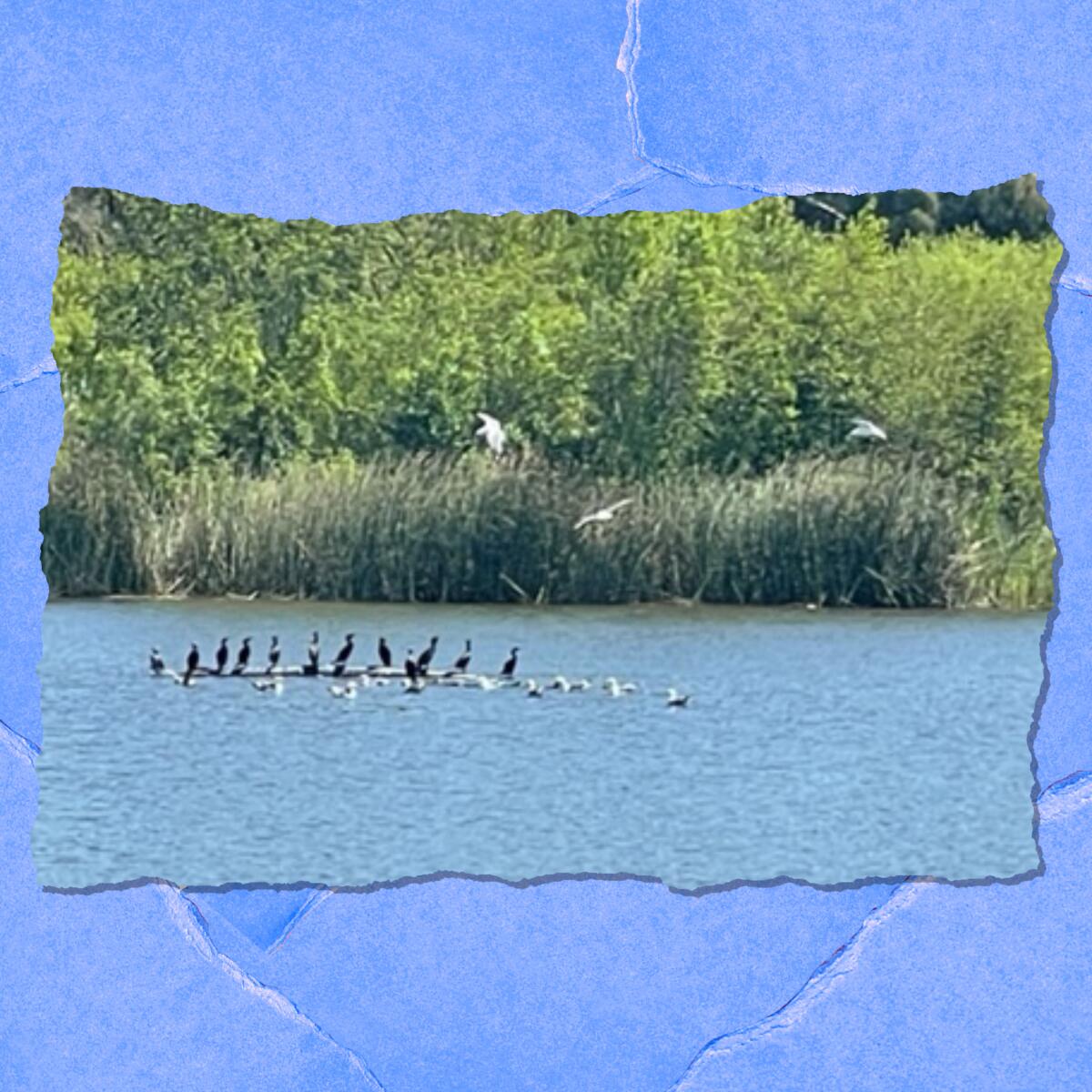
Live in Los Angeles long enough and you’ll bear witness to some of the legend-making stories that aren’t about movie stars getting discovered in drugstores. I remember Reggie the Alligator, who made a splash 15 years ago when he turned up uninvited in the waters of Lake Machado, a little-known freshwater lake at a Harbor City park. Hysteria ensued, alligator wranglers were summoned, a children’s book told his tale, and Reggie now lives a posh life at the L.A. Zoo.
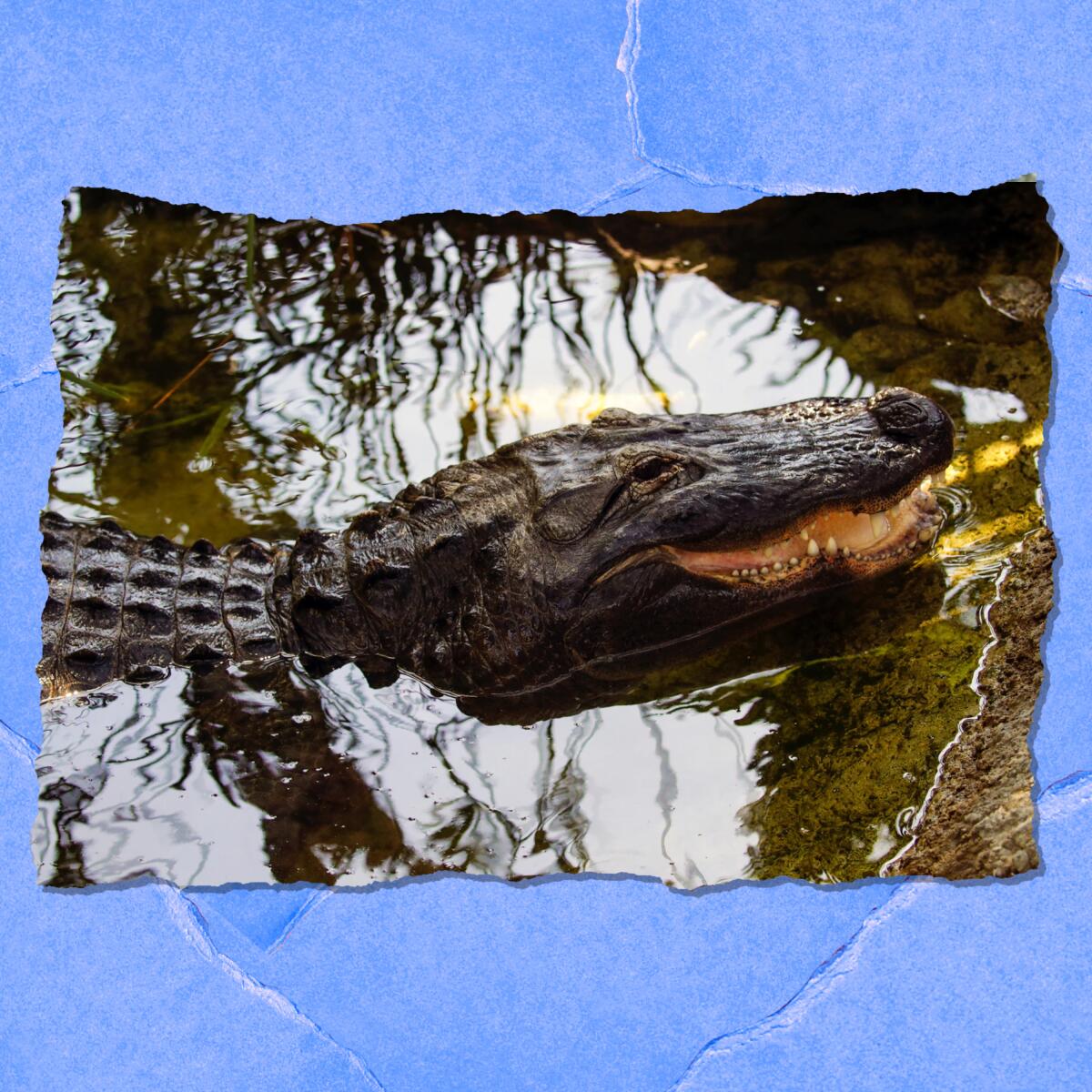
But what about Lake Machado? That’s an even better story. The lake had been sorely neglected when Reggie made his home there. It had pesticide-laced sediment on the bottom and invasive black snakes had invaded, for starters. Untold heaps of debris had been dumped there over the years too. Then a three-year, $111-million cleanup completed six years ago restored the lake — with beautiful results. Paved paths wind along the lake at the 231-acre Ken Malloy Harbor Regional Park; fishing platforms have been added and more trees planted. It’s a great little oasis where you can walk around the lake, bird-watch, jog and cycle — all within sight of oil wells in the distance.
The how-to
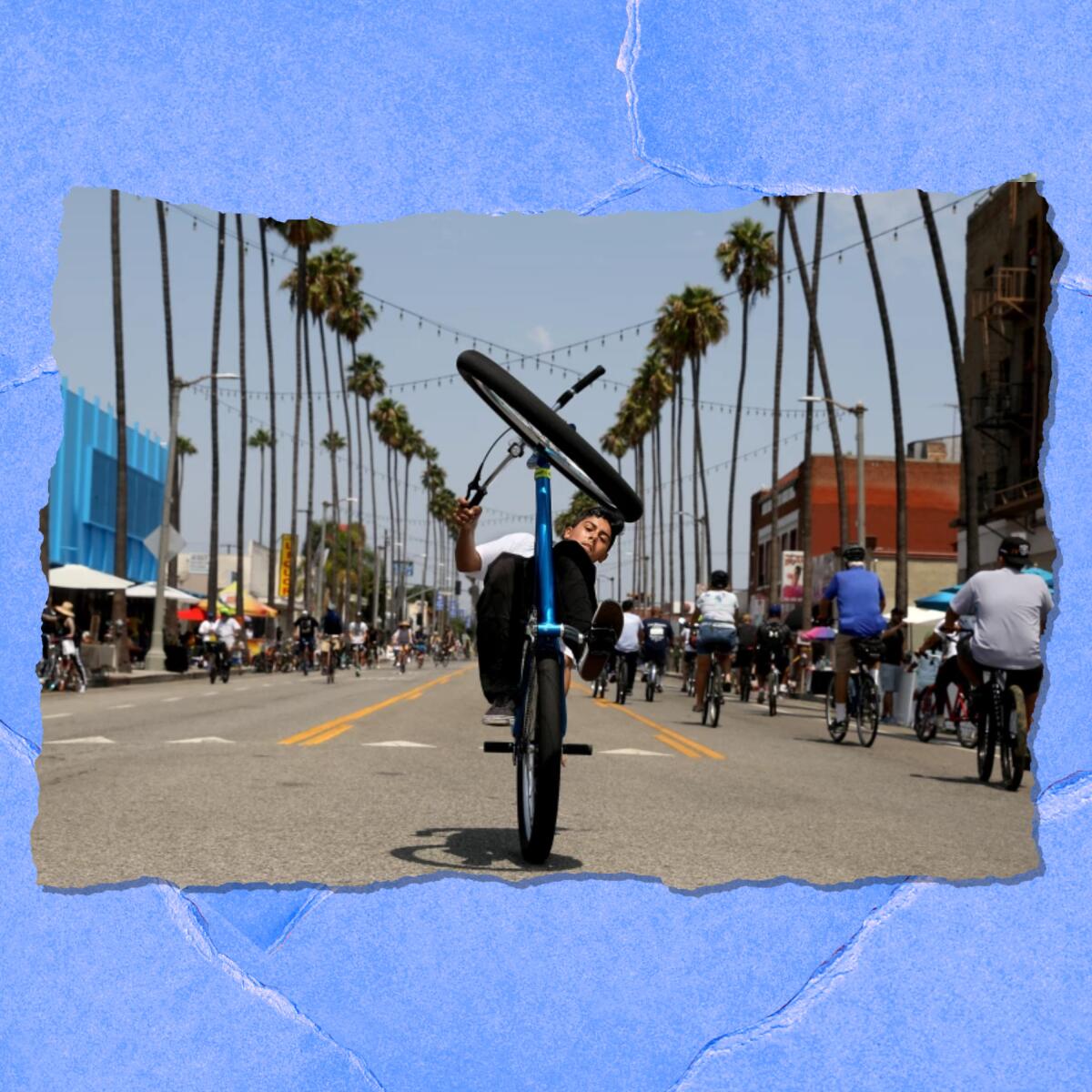
I’m happy to explore L.A. during closed-streets CicLAvia events, but riding and commuting on city streets takes courage — and encouragement. Ninety-six cyclists have been killed on Los Angeles roads, an average of 18 a year, over the last five years, according to LAPD data.
Now seven L.A. cyclists share tips on how to go car-free and ride safely and have fun. Veteran cyclist Pauletta Pierce’s fave thing? “Group rides. That’s when personally I feel connected to my tribe, because cyclists have a deep appreciation for the natural world. So I love to be around those types of people. It just it makes me feel like family and being in my community, especially on group rides.”
The red flag
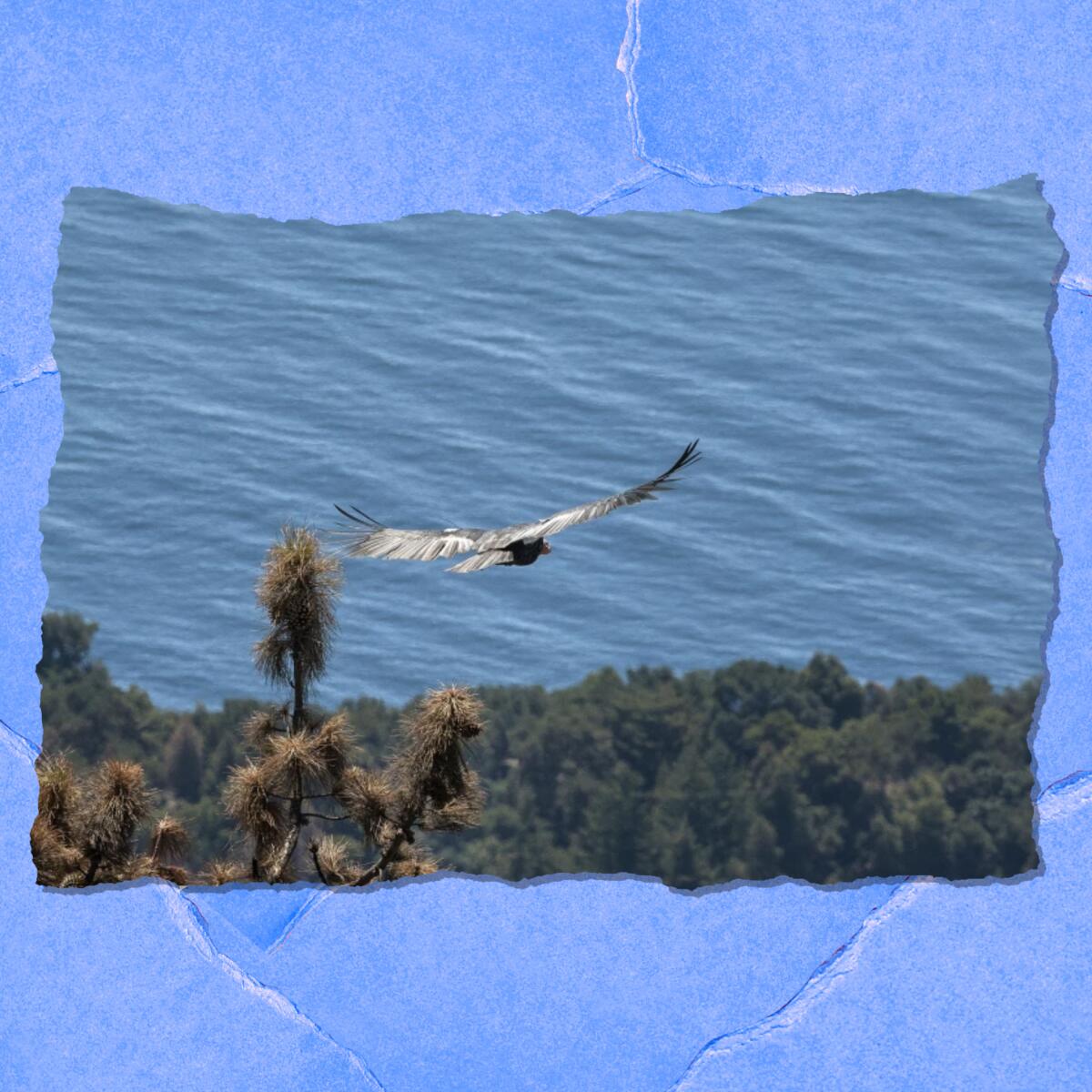
You may not care about what California condors eat, but you should. It’s not the menu that’s important, but the lingering toxins found in these birds brought back from the brink of extinction in the 1980s.
A new study featured in this Times story “found that DDT-related chemicals were seven times more abundant in coastal condors than condors that fed farther inland. Looking at the birds’ coastal food sources, researchers found that dolphin and sea lion carcasses that washed ashore in Southern California were also seven times more contaminated with DDT than the marine mammals they analyzed along the Gulf of California in Mexico.”
The report notes the time 50 years ago when L.A.’s coast was a DDT dumping ground. Now condors — the largest bird in North America with a 10-foot wingspan — fly in Southern and Northern California as well as Arizona, New Mexico and Utah. Another recent setback for the big birds: An arson fire in Big Sur killed 12 of the endangered condors.
P.S
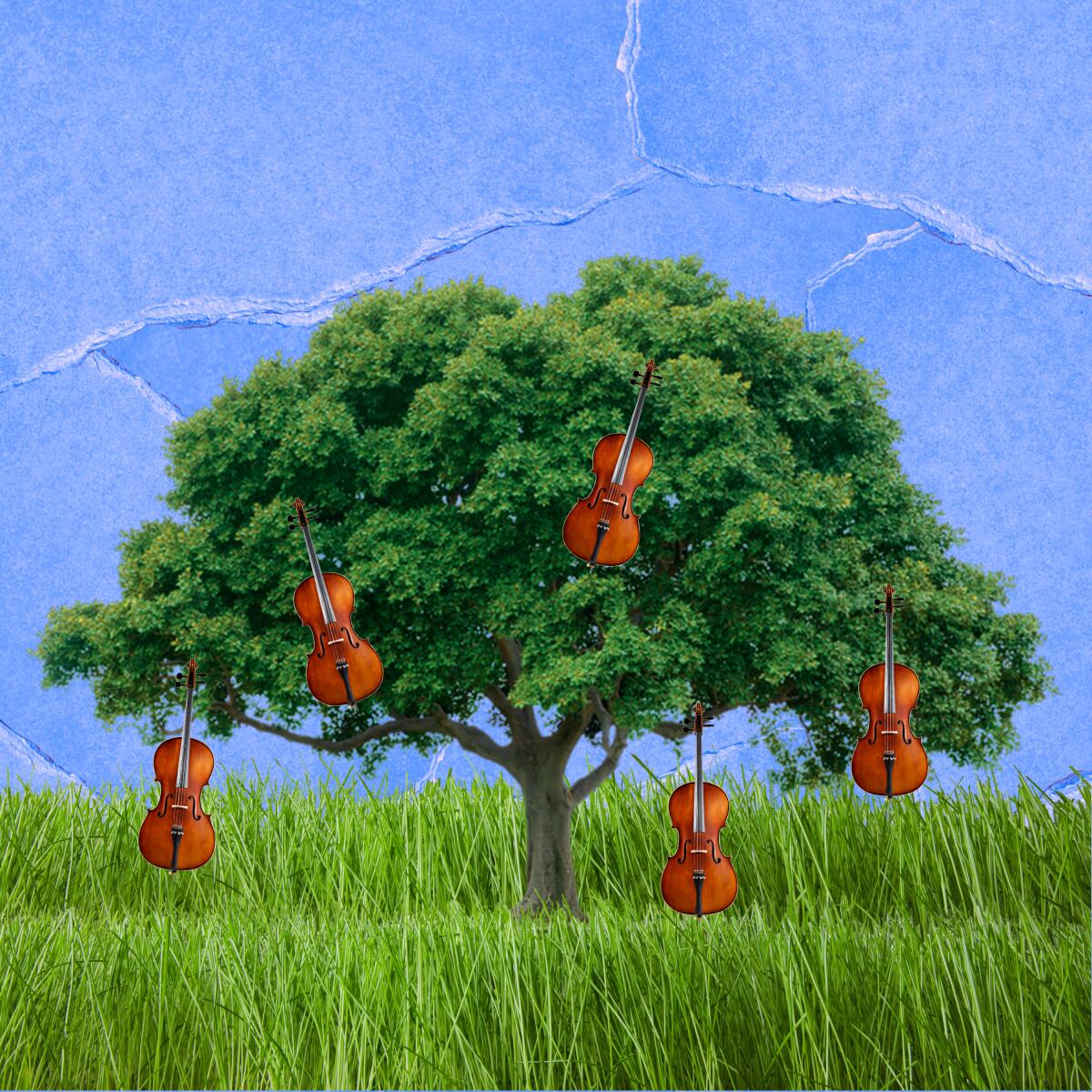
I’ve always wondered about those giant redwood slabs on display at some parks. What do the rings in the wood really tell us? Swiss dendrologist Paolo Cherubini explains in an essay for Nature how tree-ring data help him better understand how trees grow and how our environment has changed over time — and, inadvertently, how to catch fraudsters. “In 2010, I was an expert witness in a legal case about a viola supposedly made in the sixteenth century,” he wrote. “I agreed with two laboratories that had independently concluded that it could not have been made before the late eighteenth century.”
Enjoying this newsletter? Consider subscribing to the Los Angeles Times
Your support helps us deliver the news that matters most. Become a subscriber.
Send us your thoughts
Share anything that’s on your mind. The Wild is written for you and delivered to your inbox for free. Drop us a line at [email protected].
Click to view the web version of this newsletter and share it with others, and sign up to have it sent weekly to your inbox. I’m Mary Forgione, and I write The Wild. I’ve been exploring trails and open spaces in Southern California for four decades.

Sign up for The Wild
We’ll help you find the best places to hike, bike and run, as well as the perfect silent spots for meditation and yoga.
You may occasionally receive promotional content from the Los Angeles Times.




